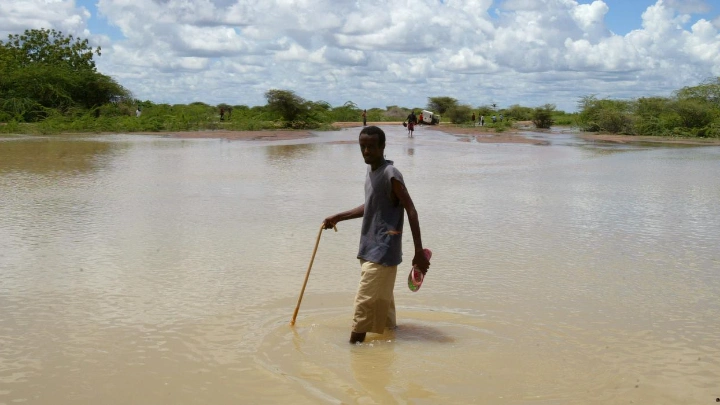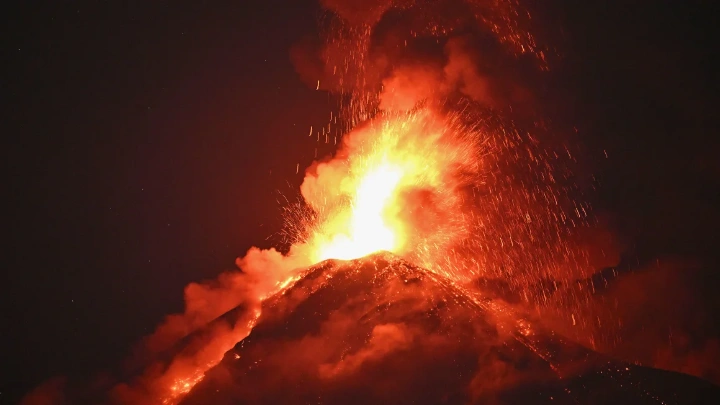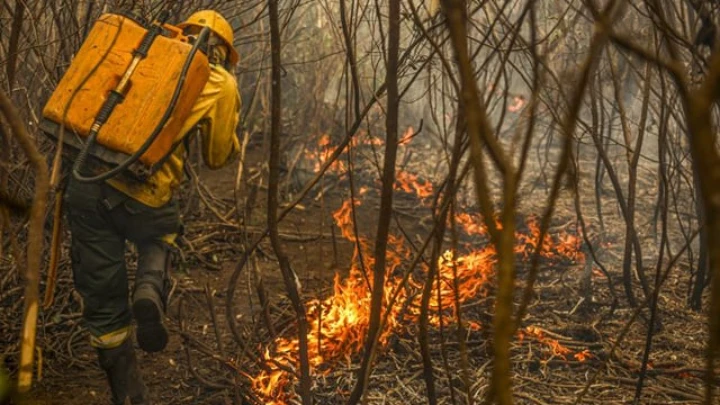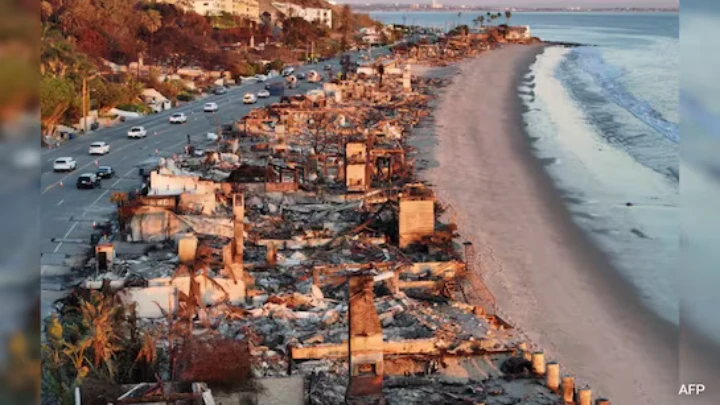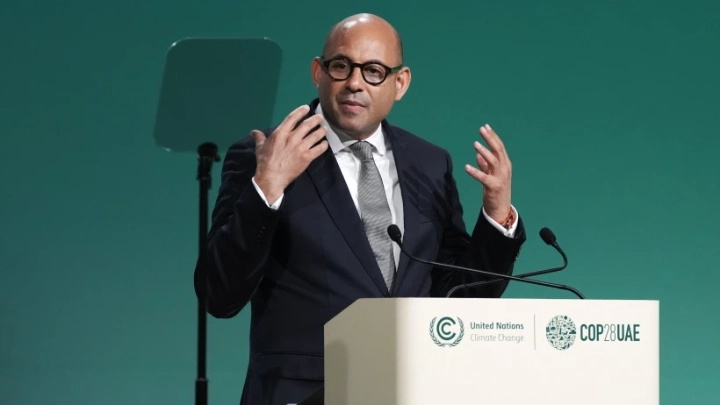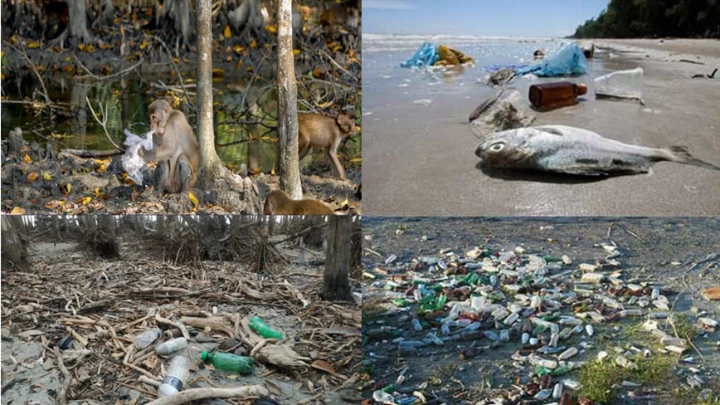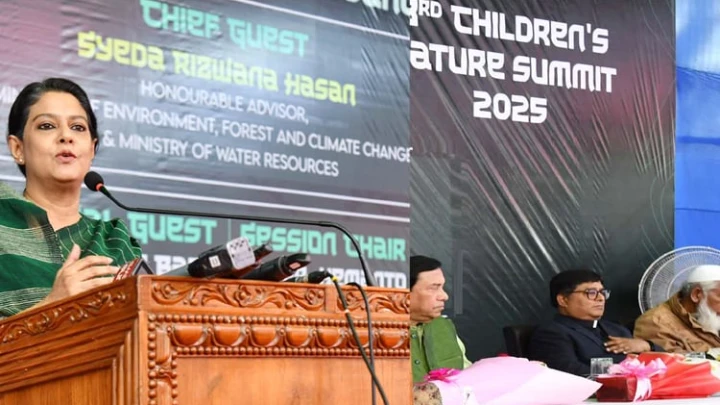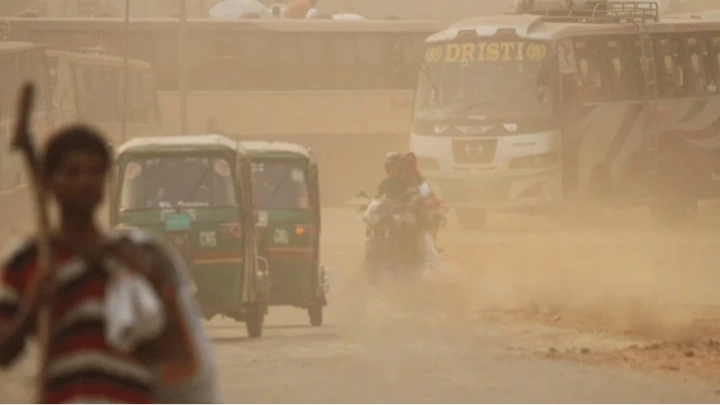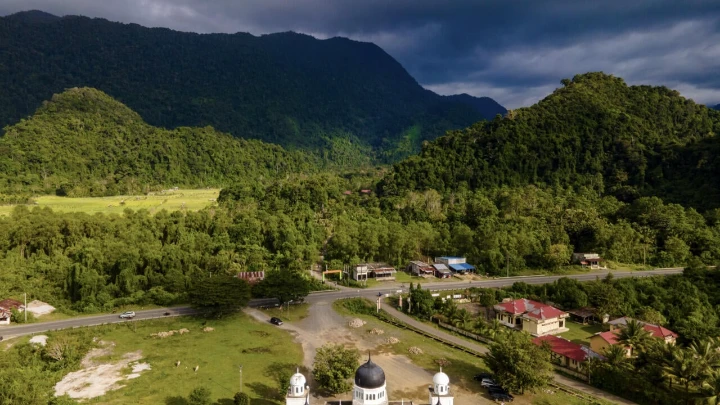What is climate finance and how does it work?
Shining BD Desk || Shining BD
Egypt climate talks focus on financing for low-income countries so they can adapt to a warming world and pay for climate destruction.
Money and justice are at the heart of the climate talks in Egypt this year. Low-income countries are calling on richer nations to help pay for a move to a fossil-free future, and for the damage caused by the global heating they have done so little to cause.
"We were the ones whose blood, sweat and tears financed the industrial revolution," Mia Mottley, Prime Minister of Barbados, told world leaders at the United Nations COP27 summit. "Are we now to face double jeopardy by having to pay the cost as a result of those greenhouse gases from the industrial revolution?"
Low-income countries, particularly in the Global South, will need trillions of dollars in financing a year to cut emissions, adapt to a warming world of more extreme droughts and flooding, and to pay for the resulting destruction, according to a new report commissioned by Egypt and Britain, the current and previous climate summit hosts.
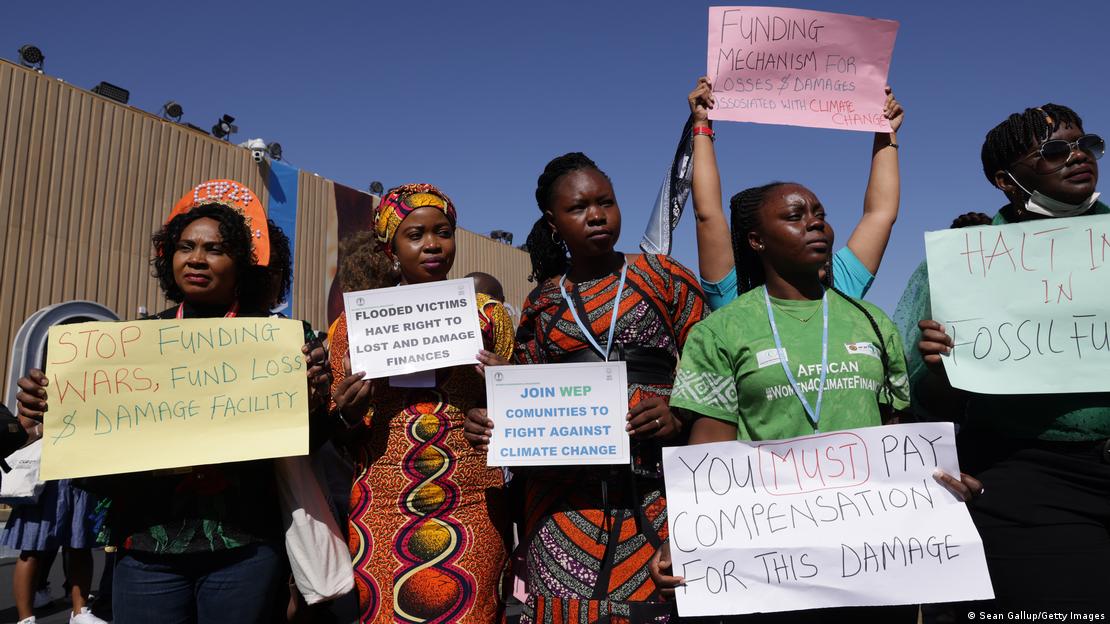 African activists demanding climate finance and compensation payments from rich countries to poor countriesImage: Sean Gallup/Getty Images
African activists demanding climate finance and compensation payments from rich countries to poor countriesImage: Sean Gallup/Getty Images
So far, the funding pledged is nowhere near the necessary amount.
Projections suggest rich nations now won't even meet the $100 billion-a-year in climate financing they promised to "mobilize" in 2020 until 2023. In Egypt, delegates will try to agree a higher financing goal for 2025. So where could the money come from?
A Green Climate Fund
The Green Climate Fund (GCF) is one way to funnel the $100 billion to climate-vulnerable, low-income nations. It's meant to help countries transition to renewable energy and to fund projects to help them adapt to a warmer world, like having farmers switch to drought-resistant seeds or creating more cooling green spaces in cities to deal with heat waves.
Private companies, public institutions and civil society organizations in a country must get accredited with the GCF to apply for financing. The GCF itself raises its funds from public sources and businesses.
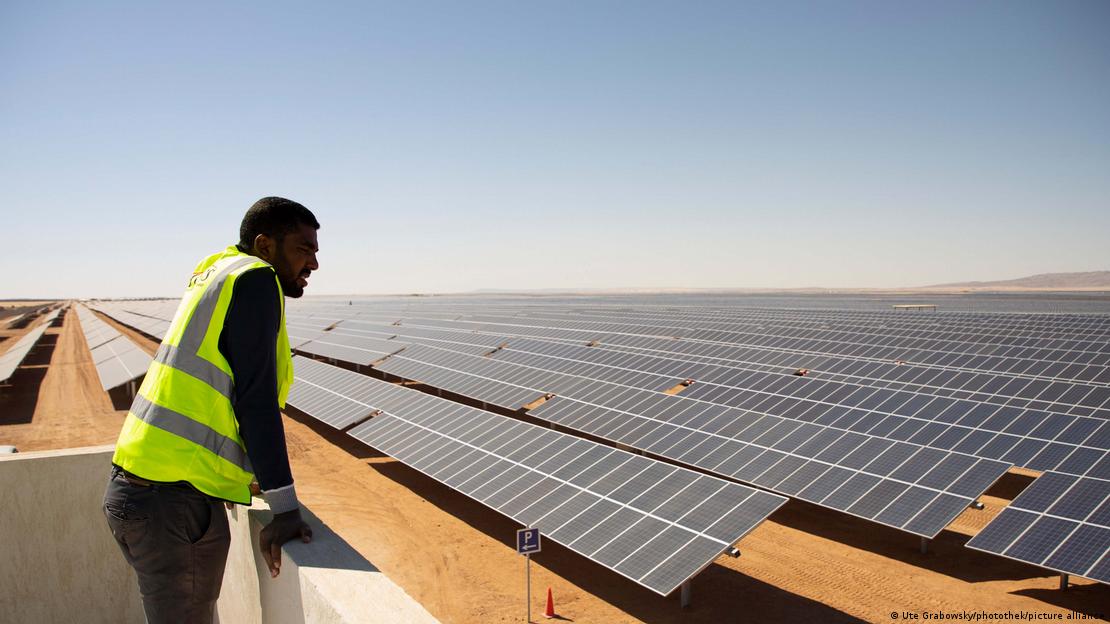 Climate finance for renewable energy projects like this solar park is urgently neededImage: Ute Grabowsky/photothek/picture alliance
Climate finance for renewable energy projects like this solar park is urgently neededImage: Ute Grabowsky/photothek/picture alliance
Given the huge sums of money required, such funds have to tap the vast amounts of financial resources available in the private sector. UN experts released a $120 billion list of projects that investors could back, including green energy and crop adaptation schemes.
If done right, backing adaptation is good for businesses and for the people harmed by climate change, says Jyotsna Puri of the Rome-based UN International Fund for Agricultural Development, which works to alleviate rural poverty in developing countries.
"The reason for that is if you can give them bragging rights, by saying through your contribution, we will increase resilience by 20% while still giving you market rates of return, that will help," Puri told DW from the climate conference.
What about voluntary carbon markets?
Many low-income countries are also hoping to raise funds using the carbon credit market. Speaking at the climate conference, Kenyan President William Ruto said carbon credits would be his country's next big export.
Companies or countries can buy carbon credits to make up for greenhouse gases they emit. The money is invested in projects such as wind or solar farms or protecting carbon sinks like peatlands or forests.
Cash for emissions: Does that work?
While another new UN report said carbon credits could help low-income countries raise climate cash, they shouldn't be used by buyers to avoid taking action to cut their emissions at the source.
And it isn't a silver bullet.
"The voluntary carbon market, much like any other finance mechanism at COP27, isn't going to be the thing that magically fixes adaptation and provides all the finance necessary," said Owen Hewlett, Chief Technical Officer at The Gold Standard Foundation, a voluntary carbon market organization.
Making climate reparations with a loss and damage fund
Vulnerable and low-income nations have long argued for a special loss and damage fund to help them pay for climate-related destruction, such as a community being destroyed by flash flooding or livelihoods wiped out as a result of crop failure.
"Loss and damage is not an abstract topic of endless dialogue," said Kenyan President William Ruto at the climate conference.
"It is our daily experience and the living nightmare for millions of Kenyans, and hundreds of millions of Africans."
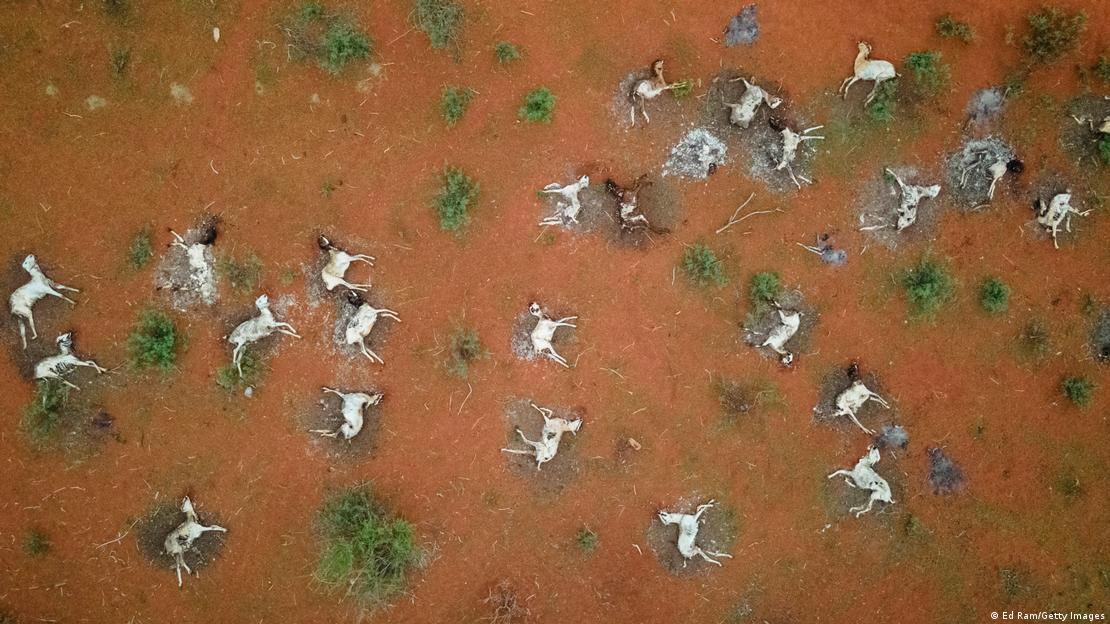 Loss and damage is not an "abstract" concept for millions of Africans, said Kenyan President William RutoImage: Ed Ram/Getty Images
Loss and damage is not an "abstract" concept for millions of Africans, said Kenyan President William RutoImage: Ed Ram/Getty Images
Richer, industralized nations have been resistant to the idea of creating a specific fund for loss and damage, because they fear it could put them on the hook for huge sums of money. But it has been added to the official COP agenda for the first time this year.
Some see the fund as a form of reparation paid by countries that have developed their economies by burning climate-warping fossil fuel for years at the expense of nations that have contributed little to historical emissions.
It shouldn't be viewed as aid, said Emem Okon, executive director of Nigeria's Kebetkache Women Development and Resource Centre, a non-profit capacity building group.
"The wealthy countries must return to Africa, to communities, what they have taken from those communities," Okon told DW from the climate conference.
Debt relief and debt-for-nature swap
Much of the climate financing for low-income countries comes in loan rather than grant form. This is plunging already indebted nations deeper into debt, according to the Stockholm Environment Institute (SEI), a non-profit think tank based in Sweden.
The SEI is among many voices, including African and Pacific Island states, calling for debt relief in some form.
Debt-for-nature or debt-for-climate swaps could be one solution. This involves forgiving part of a nation's debt and investing it in conservation schemes to protect important natural resources like rainforests or coral reefs.
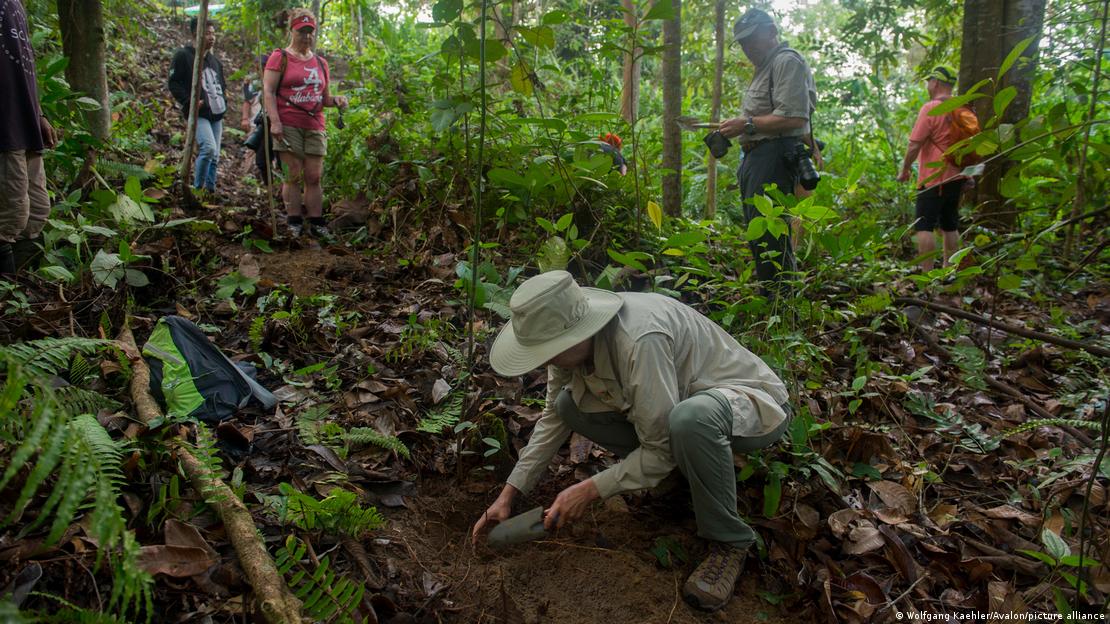 Debt-for-nature swaps could help relieve debt and protect natureImage: Wolfgang Kaehler/Avalon/picture alliance
Debt-for-nature swaps could help relieve debt and protect natureImage: Wolfgang Kaehler/Avalon/picture alliance
If nations don't agree on some form of relief, climate injustice will deepen, said Mark Bynoe, environmental economist with the Caribbean Community Climate Change Centre, which coordinates the region's response to climate change.
"Our countries are already in so much debt that should they go further into debt, it will become almost unsustainable."
By Jennifer Collins | Heather Moore
Shining BD

